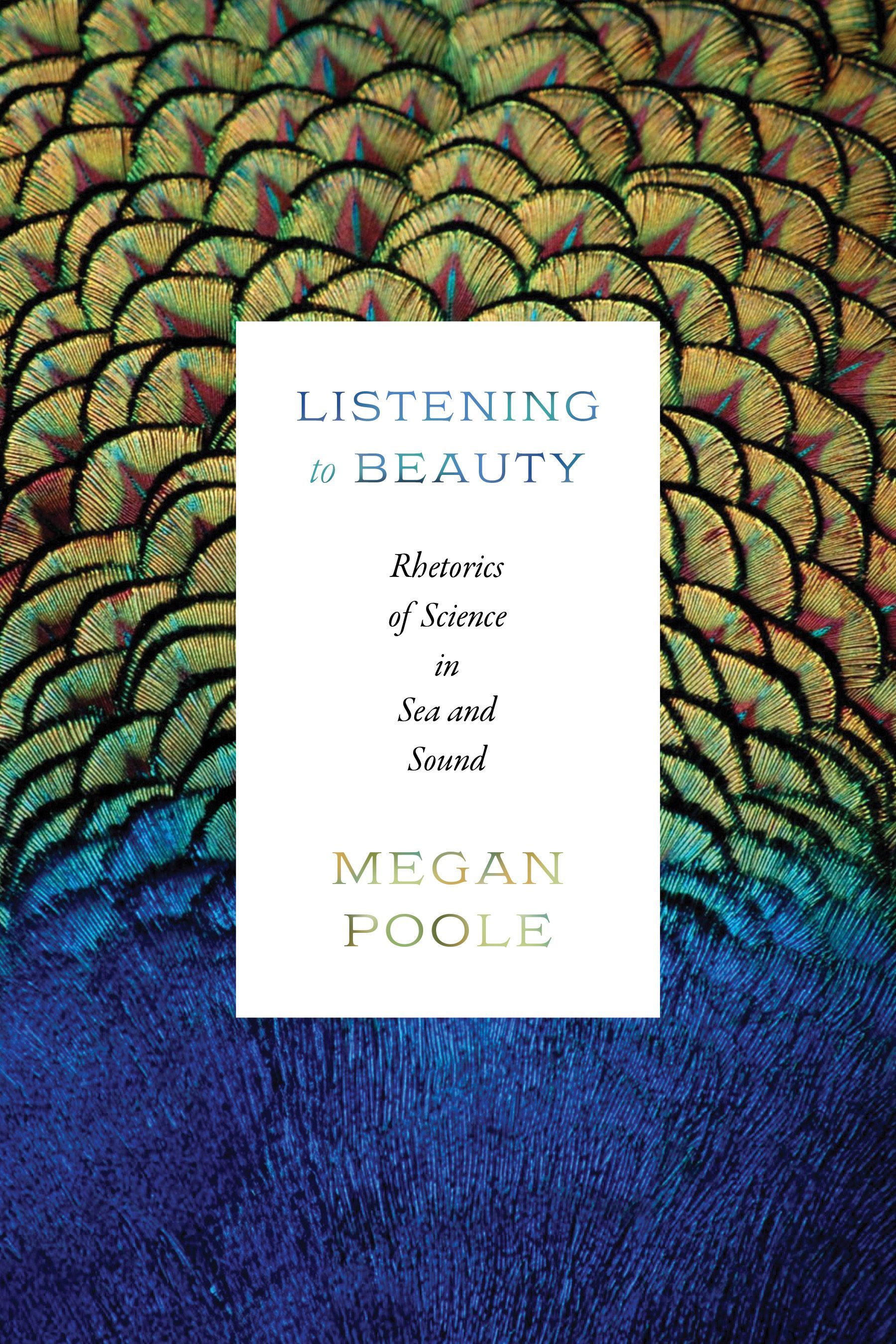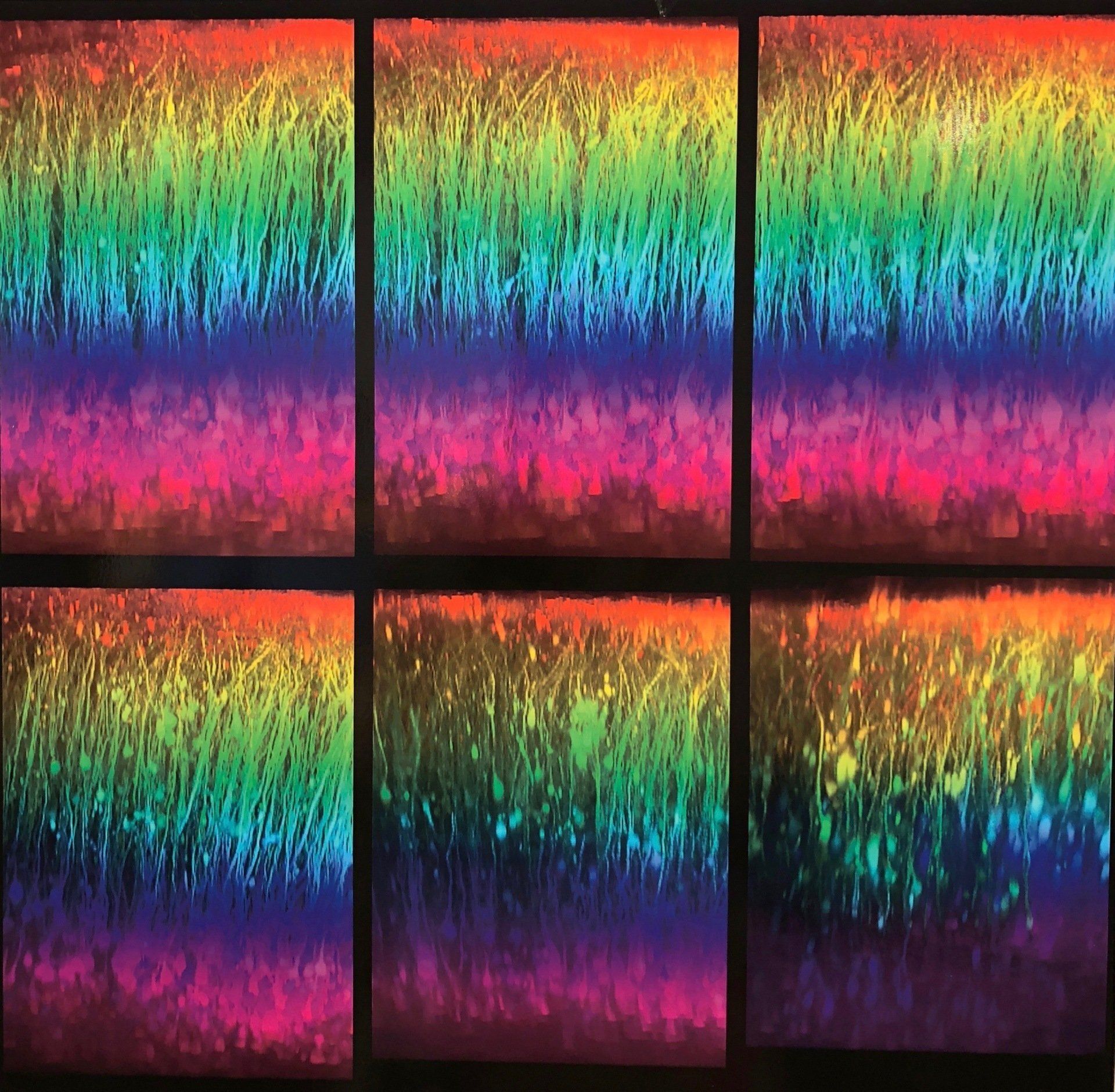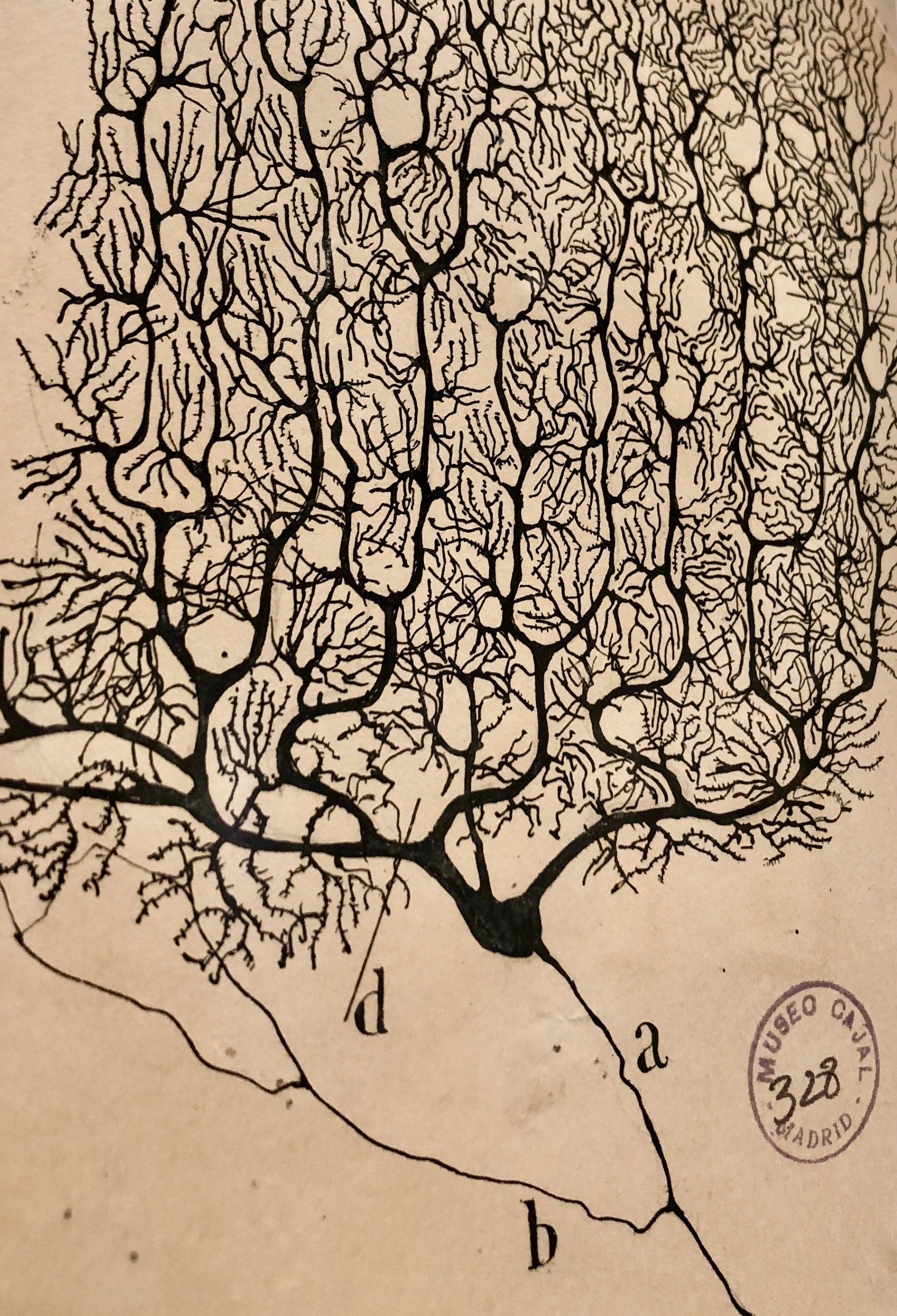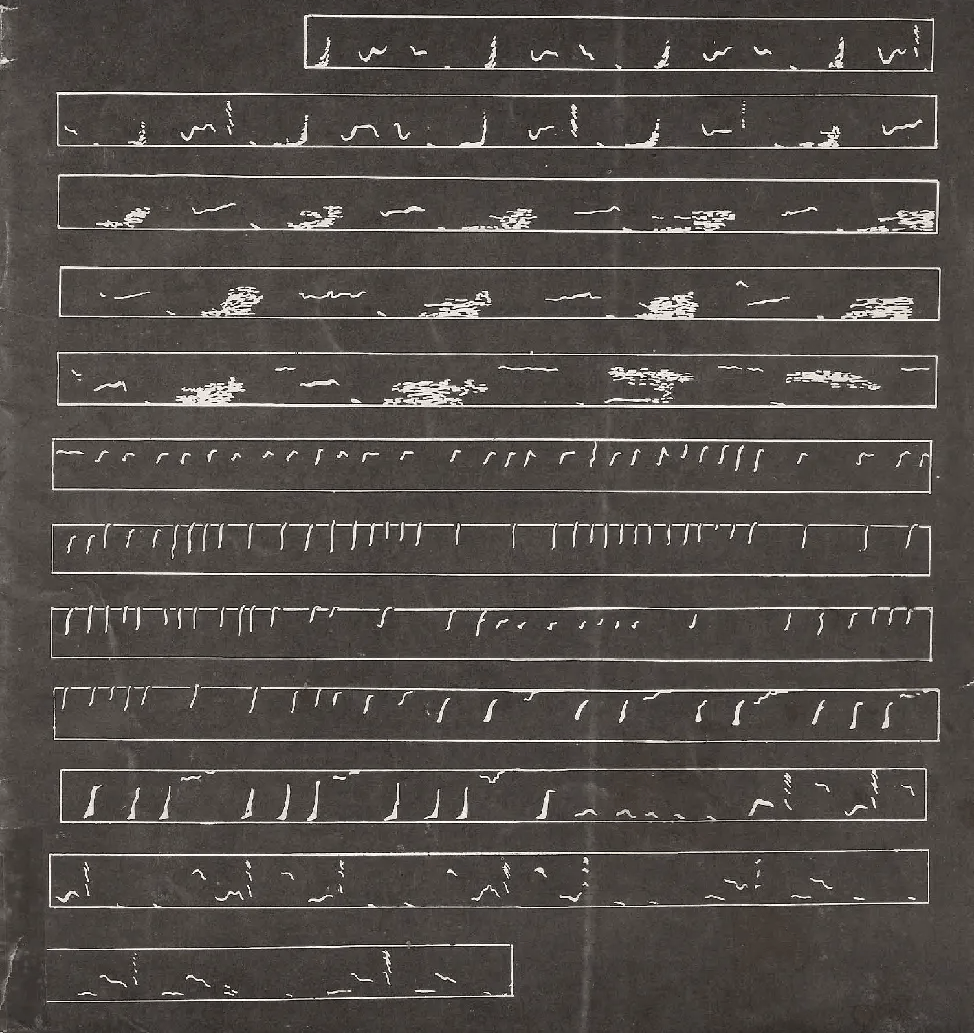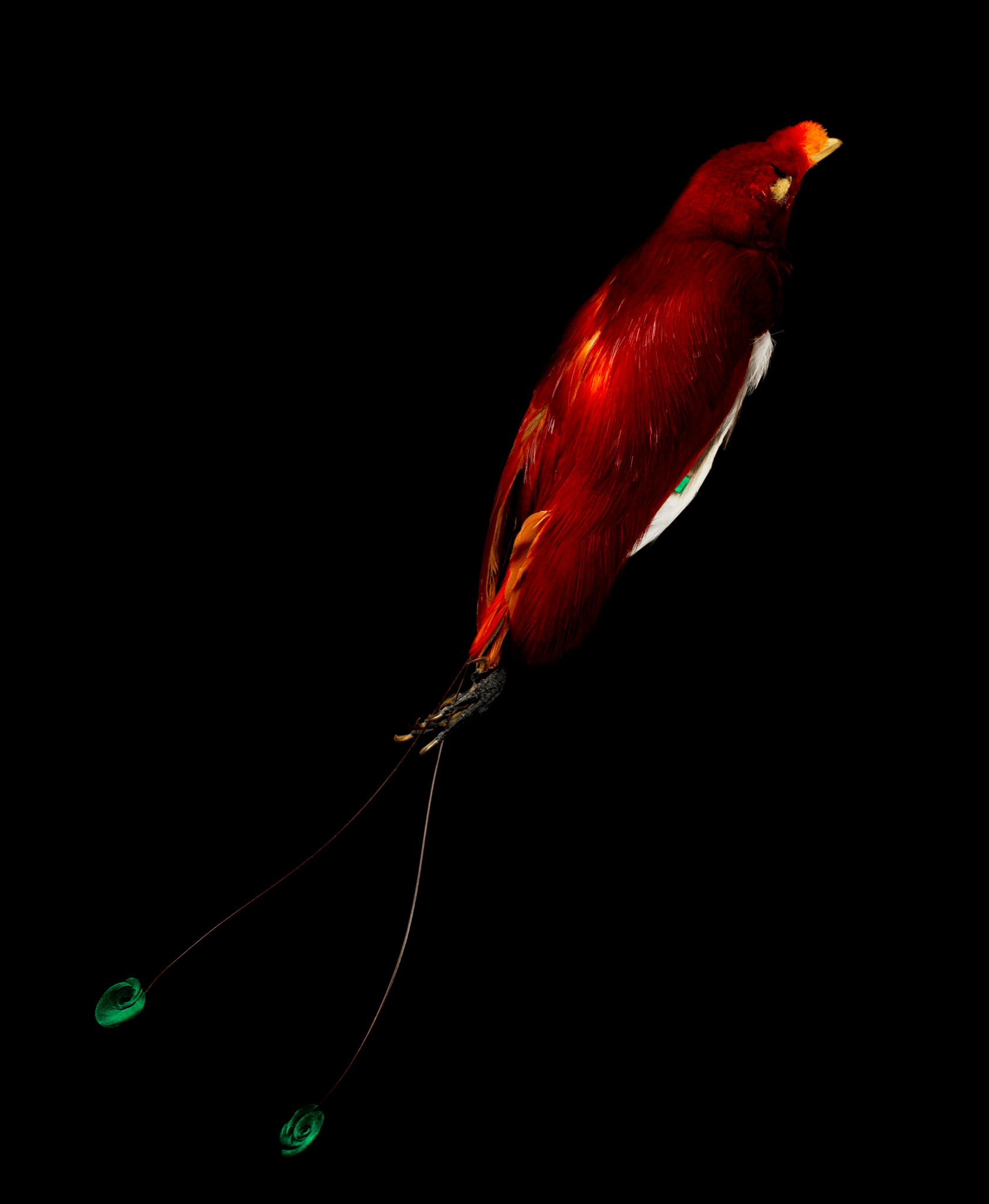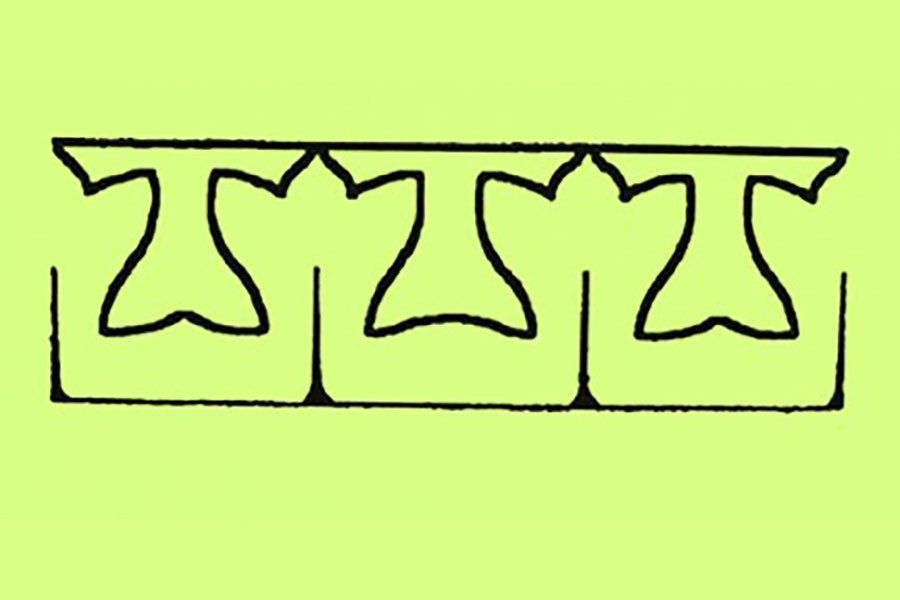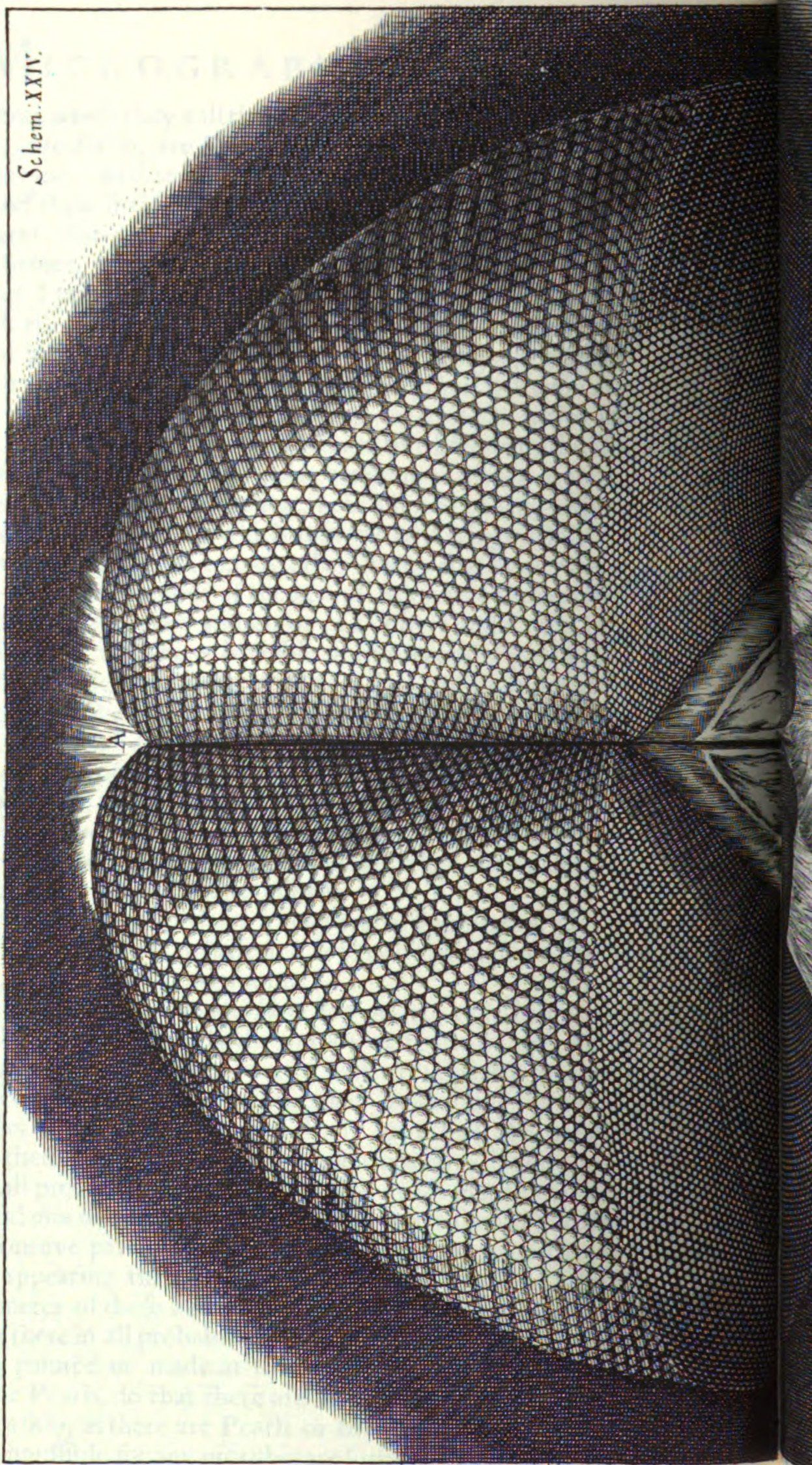LISTENING TO BEAUTY
Identifying the role of aesthetics in scientists' approach to nature
LISTENING TO BEAUTY: RHETORICS OF SCIENCE IN SEA AND SOUND
Our attempts to understand the world are always more than simply rational. Our bodies learn through lived experience, our natural environments challenge what we think we know, and we take lessons from our nonhuman kin. Even scientists, often considered paragons of rationality, frequently describe their findings in the language of beauty. So, in this book, I argue: beauty is integral to how scientific research works.
Drawing on interviews with leading biologists, I explore what happens when scientists set aside objectivity and listen for beauty around them. The wonder we feel at the plumage of birds, the melodies of whales, or the caretaking of elephants may not help us (on its own) to isolate a given fact, but such encounters may teach us to open ourselves to a different way of knowing entirely. Through stories about researchers’ encounters with wonder, Listening to Beauty
reveals how scientific discovery happens sometimes unsystematically, sometimes incoherently, often beautifully.
WITNESSING THE OPEN SEMIOSIS: A METHOD FOR RHETORICAL LISTENING BEYOND THE HUMAN
Rhetoric scholars often turn to the sciences to understand animal rhetorics, but rarely query how scientists themselves listen to non-human modes of communication. This article in Rhetoric Society Quarterly demonstrates how biologist Katy Payne employs a fully embodied method of listening in order to hear the songs of the humpback whale as well as feel the infrasonic rumbles of African elephants.
Payne’s method of inquiry serves as a model for rhetorical listening beyond the human, and anthropologist Eduardo Kohn’s theory of an open semiosis is applied to understand Payne’s unique method. Rhetorical listening to the open semiosis offers a form of empiricism in which scientists, led by affect, intuition, and feeling, become more like witnesses than observers.
NEUROAESTHETICS OF VISUAL INVENTION: THE DRAWINGS OF SANTIAGO RAMÓN Y CAJAL IN THE BEAUTIFUL BRAIN
Scholars are well-versed on how words and images interact in scientific texts, but rarely are artistic drawings considered central to scientific ways of knowing.
This article in Visual Communication Quarterly turns to the field of "neuroaesthetics" to understand the productive role of art in scientific visual invention. The drawings of neuroscientist Santiago Ramón y Cajal serve as a case study throughout the article. Art, I argue, may offer scientists the epistemological resources needed to see around hegemonic paradigms in their disciplines.

